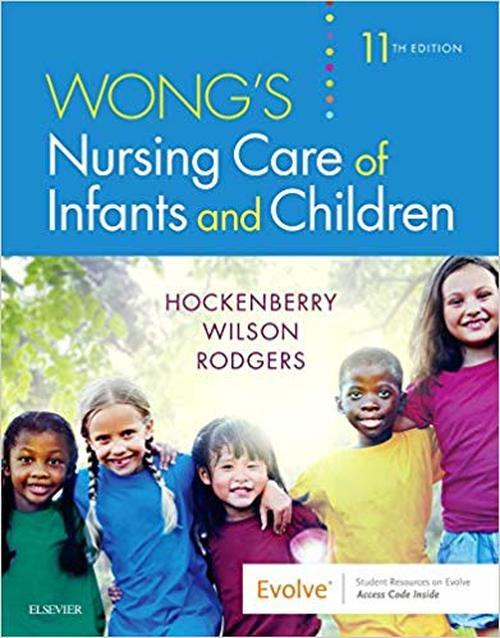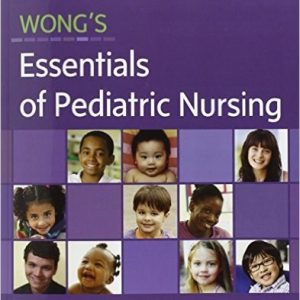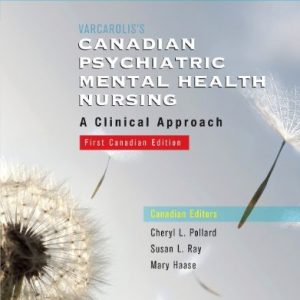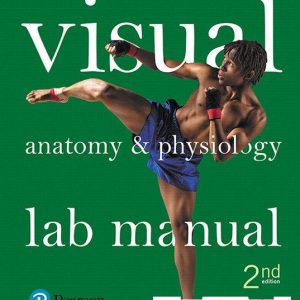This is completed downloadable of Wong’s Nursing Care of Infants and Children, 11th Edition by Marilyn J. Hockenberry Test bank
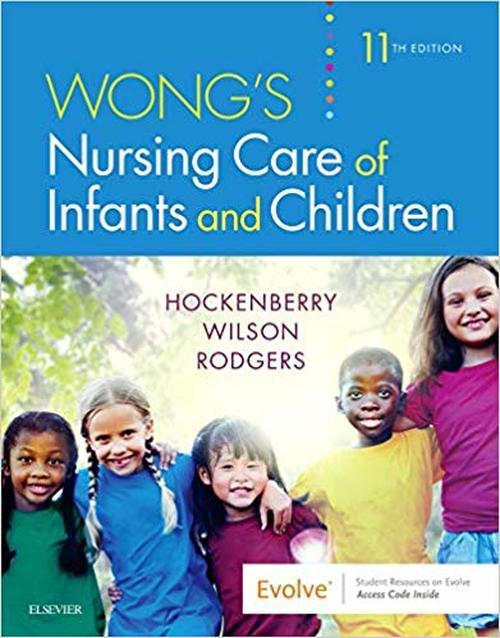
Product Details:
- ISBN-10 : 032354939X
- ISBN-13 : 978-0323549394
- Author: Marilyn J. Hockenberry
Prepare to give pediatric patients the specialized care they deserve with the leading text in pediatric nursing. Written by pediatric experts, Wong’s Nursing Care of Infants and Children, 11th Edition takes a unique, easy-to-follow developmental approach to describe the care of children at each age and stage of development. This longtime bestseller provides an evidence-based, clinical perspective that shows how the quality of nursing care can impact quality patient outcomes. Childhood diseases and disorders are organized by age groups and body systems and explained through the nursing process framework. This edition features completely updated and reorganized chapters that present content in a clear, easy-to-understand way. New Quality Indicator boxes paint a bigger picture of hospitals and how they look at quality and safety.
Table of Content:
Chapter 01: Perspectives of Pediatric Nursing
Hockenberry: Wong’s Nursing Care of Infants and Children, 11th Edition
MULTIPLE CHOICE
- What is the major cause of death for children in the United States?
- Heart disease
- Childhood cancer
- Injuries
- Congenital anomalies
ANS: C
Unintentional injuries (accidents) are the leading cause of death after age 1 year through adolescence. The leading cause of death for those younger than 1 year is congenital anomalies, and childhood cancers and heart disease cause a significantly lower percentage of deaths in children older than 1 year of age.
DIF: Cognitive Level: Understanding TOP: Nursing Process: Planning MSC: Client Needs: Health Promotion and Maintenance
- Parents of a hospitalized toddler ask the nurse, “What is meant by family-centered care?” The nurse should respond with which statement?
- Family-centered care reduces the effect of cultural diversity on the family.
- Family-centered care encourages family dependence on the health care system.
- Family-centered care recognizes that the family is the constant in a child’s life.
- Family-centered care avoids expecting families to be part of the decision-making process.
ANS: C
The three key components of family-centered care are respect, collaboration, and support. Family-centered care recognizes the family as the constant in the child’s life. The family should be enabled and empowered to work with the health care system and is expected to be part of the decision-making process. The nurse should also support the family’s cultural diversity, not reduce its effect.
DIF: Cognitive Level: Applying TOP: Nursing Process: Implementation MSC: Client Needs: Health Promotion and Maintenance
- Evidence-based practice (EBP), a decision-making model, is best described as which?
- Using information in textbooks to guide care
- Combining knowledge with clinical experience and intuition
- Using a professional code of ethics as a means for decision making
- Gathering all evidence that applies to the child’s health and family situation
ANS: B
EBP helps focus on measurable outcomes; the use of demonstrated, effective interventions; and questioning the best approach. EBP involves decision making based on the integration of the best research evidence combined with clinical expertise and patient values.
DIF: Cognitive Level: Remembering TOP: Nursing Process: Planning MSC: Client Needs: Safe and Effective Care Environment
- Which best describes signs and symptoms as part of a nursing diagnosis?
- Description of potential risk factors
- Identification of actual health problems
- Human response to state of illness or health
- Cues and clusters derived from patient assessment
ANS: D
Signs and symptoms are the cues and clusters of defining characteristics that are derived from a patient assessment and indicate actual health problems. The first part of the nursing diagnosis is the problem statement, also known as the human response to the state of illness or health. The identification of actual health problems may be part of the medical diagnosis. The nursing diagnosis is based on the human response to these problems. The human response is therefore a component of the nursing diagnostic statement. Potential risk factors are used to identify nursing care needs to avoid the development of an actual health problem when a potential one exists.
DIF: Cognitive Level: Understanding
TOP: Integrated Process: Communication and Documentation MSC: Client Needs: Safe and Effective Care Environment

